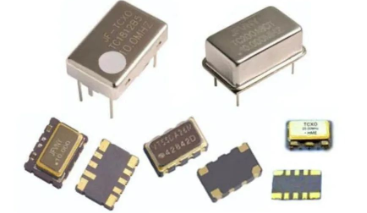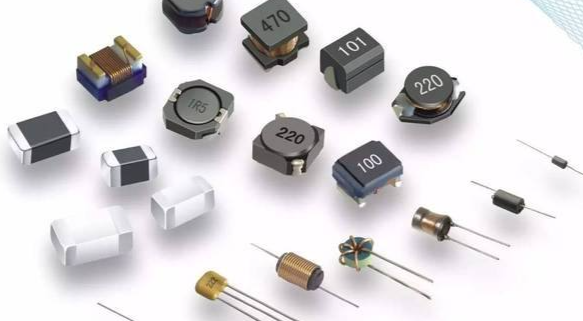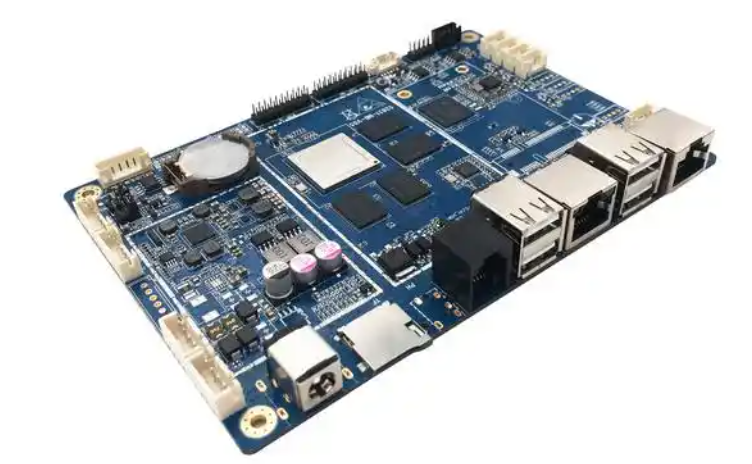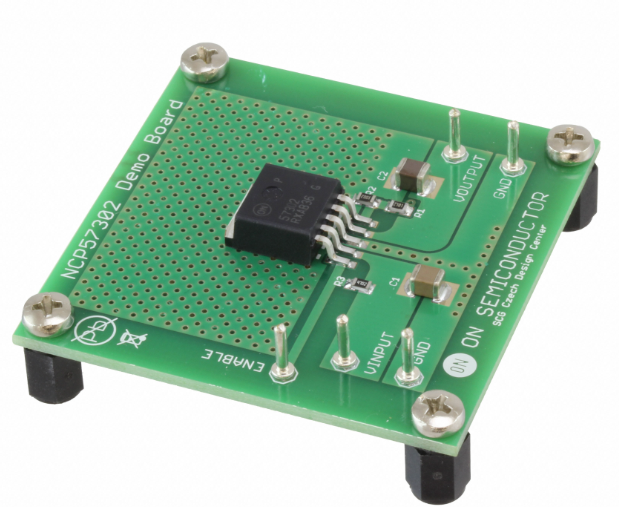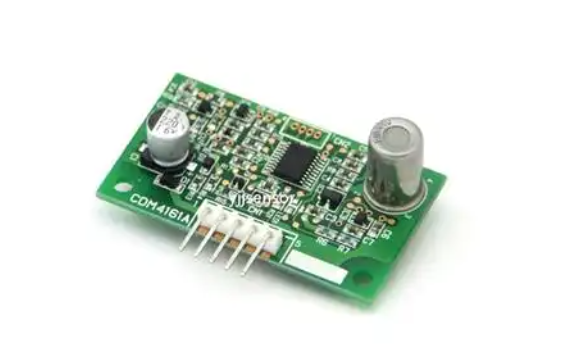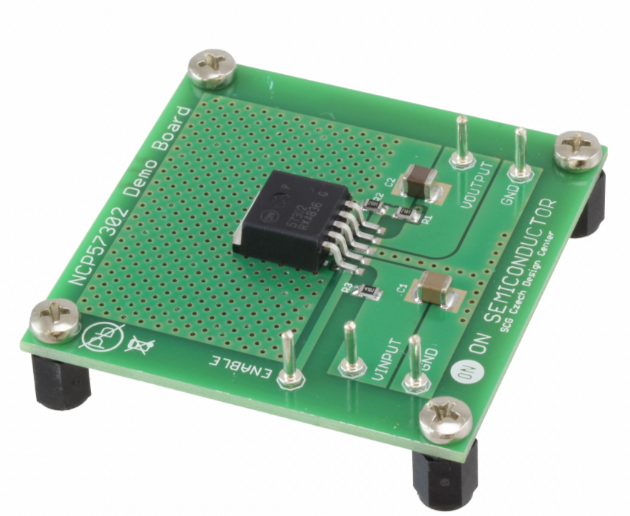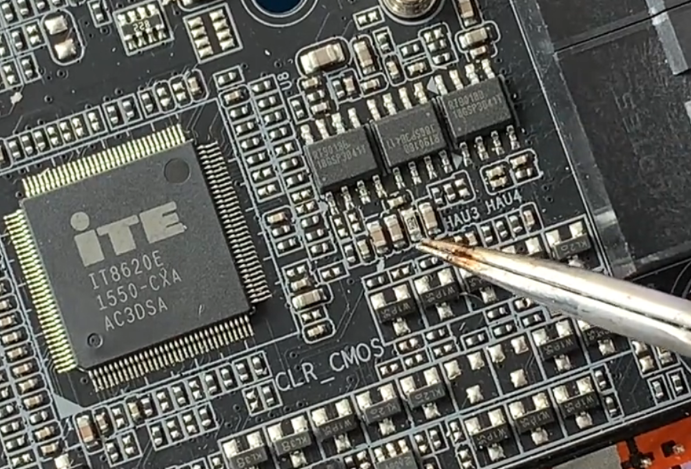List and Prices of Electronic Components: A Comprehensive Guide for Engineers and Buyers
Introduction
In the rapidly evolving world of electronics, having access to accurate and up-to-date information on component lists and pricing is crucial for engineers, procurement specialists, and hobbyists alike. The ability to quickly identify the right components at competitive prices can significantly impact project timelines, budgets, and overall success. This article delves into the essential aspects of electronic component sourcing, providing a detailed exploration of how to effectively navigate lists, understand pricing structures, and leverage tools like ICGOODFIND to streamline the process. Whether you’re designing a new product or maintaining an existing one, mastering this knowledge is key to staying competitive in today’s market.

Main Body
Part 1: Understanding Electronic Component Lists and Their Importance
An electronic component list, often referred to as a Bill of Materials (BOM), is the foundational document for any hardware project. It is a comprehensive inventory that details every single component required to manufacture a product, from resistors and capacitors to complex integrated circuits (ICs) and connectors. The primary purpose of a BOM is to ensure that all necessary parts are identified, sourced, and assembled correctly, preventing costly delays and errors during production.
A well-structured component list typically includes critical information such as the component name, manufacturer part number, description, quantity, and reference designators that indicate where each part belongs on the circuit board. For procurement teams, the list must also include supplier information and, most importantly, pricing data. The accuracy of this list is paramount; even a small error, like an incorrect part number, can lead to the procurement of wrong components, resulting in wasted resources and extended project timelines.
Creating and managing these lists manually can be a daunting task, especially for complex projects with hundreds or thousands of components. This is where digital tools and platforms become indispensable. They not only help in organizing the BOM but also in integrating real-time data from multiple suppliers. Platforms like ICGOODFIND excel in this area by aggregating vast databases of components, allowing users to cross-reference part numbers, check availability, and compare specifications across different manufacturers. By using such a platform, engineers can ensure their lists are accurate and up-to-date, which is the first step toward efficient procurement and successful project execution.
Part 2: Factors Influencing Electronic Component Prices
The pricing of electronic components is not static; it fluctuates based on a complex interplay of market forces, technological advancements, and geopolitical factors. Understanding these variables is essential for making informed purchasing decisions and managing budgets effectively.
One of the most significant factors is supply and demand. When demand for a particular component surges—often driven by trends like the Internet of Things (IoT), electric vehicles, or artificial intelligence—prices can increase sharply if supply cannot keep pace. Conversely, an oversupply in the market can lead to price drops. For instance, the global chip shortage that began in 2020 caused prices for microcontrollers and other semiconductors to skyrocket, highlighting how vulnerable the supply chain can be.
Manufacturing costs also play a critical role. Components that require rare materials or complex fabrication processes, such as advanced microprocessors or high-frequency RF chips, are inherently more expensive. Additionally, economies of scale mean that high-volume orders typically enjoy lower per-unit costs compared to small-quantity purchases. This is why large corporations often secure better pricing than small businesses or individual hobbyists.
Other factors include technological obsolescence—older components may become cheaper as they are phased out but can also become expensive if they are scarce—and geopolitical issues, such as tariffs or trade restrictions between countries, which can add costs to imported components. To navigate this volatile landscape, buyers must stay informed about market trends and leverage tools that provide real-time pricing insights. Platforms like ICGOODFIND offer valuable features such as price history charts and market analysis, enabling users to identify the best times to buy and avoid overpaying during periods of scarcity.
Part 3: Strategies for Sourcing Components at the Best Prices
Securing electronic components at optimal prices requires a strategic approach that combines market knowledge, relationship building, and the use of advanced tools. Here are some effective strategies for both individual buyers and large procurement teams.
First, diversify your supplier base. Relying on a single supplier can be risky, especially during shortages. By establishing relationships with multiple distributors—including authorized distributors, independent brokers, and online marketplaces—you increase your chances of finding components at competitive prices and with better availability. However, it is crucial to verify the authenticity of components from non-authorized sources to avoid counterfeit parts.
Second, consider alternative components. Often, there are multiple parts with similar specifications that can be used interchangeably in a design. By designing with flexibility in mind—a practice known as “alternate sourcing”—you can avoid being locked into a single supplier’s pricing. Tools like ICGOODFIND are particularly useful here, as they allow engineers to quickly find equivalent components based on parameters like footprint, voltage, or tolerance, along with real-time price comparisons.
Third, plan purchases strategically. Buying in bulk can lead to significant discounts, but it also requires careful inventory management to avoid obsolescence. For long-term projects, negotiating long-term contracts with suppliers can lock in favorable prices and ensure a steady supply. Additionally, monitoring market trends through platforms that offer predictive analytics can help you anticipate price changes and make purchases before costs rise.
Finally, leverage technology to automate and optimize sourcing. Modern platforms integrate with BOM management tools to provide instant quotes from multiple suppliers, highlight potential shortages, and suggest cost-saving alternatives. ICGOODFIND, for example, streamlines this process by offering a centralized database where users can access detailed component information, compare prices across vendors, and even track order statuses. This not only saves time but also ensures that you are always getting the best possible deal without compromising on quality.
Conclusion
Navigating the complexities of electronic component lists and prices is a critical skill in today’s fast-paced electronics industry. From understanding the intricacies of a Bill of Materials to analyzing the factors that drive pricing fluctuations, professionals must be equipped with the right knowledge and tools to make informed decisions. By adopting strategies such as supplier diversification, alternative sourcing, and strategic purchasing, buyers can effectively manage costs and mitigate supply chain risks. Platforms like ICGOODFIND play an invaluable role in this process by providing comprehensive data, real-time insights, and user-friendly features that simplify sourcing. As technology continues to advance, staying adept at component management will remain essential for success in any hardware-related endeavor.





















